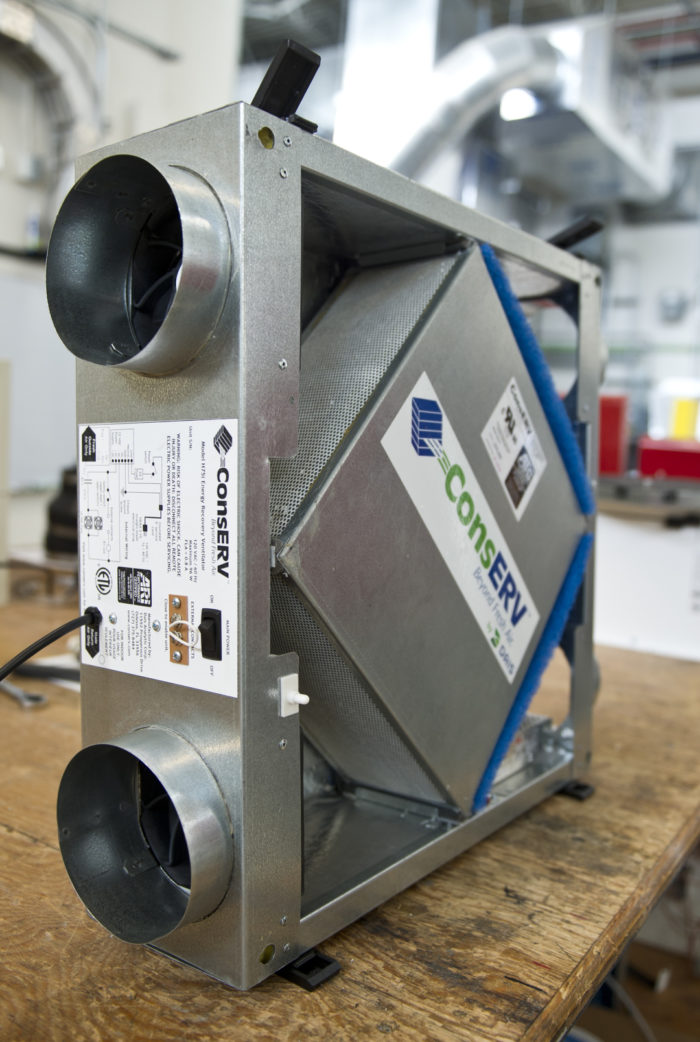The Future of HRV in Energy-Efficient Home Design
Wiki Article
The All-Inclusive Guide to the Uses of Heat Recovery Ventilation in Modern Buildings
Heat Recovery Ventilation (HRV) systems stand for a considerable advancement in constructing innovation (HRV Heat Recovery Ventilation). They offer an approach for exchanging stale interior air with fresh outdoor air while decreasing energy loss. This approach not just improves interior air high quality but additionally contributes to power efficiency in both household and industrial structures. Understanding the numerous applications and benefits of HRV can expose its critical duty in modern-day design and sustainability initiatives. The ramifications of this technology are worth checking out additionallyRecognizing Heat Recovery Ventilation Equipments

Although numerous contemporary buildings focus on power effectiveness, understanding heat recovery air flow (HRV) systems is essential for optimizing interior air quality and decreasing energy intake. HRV systems work by transferring warmth from stale interior air to incoming fresh air, successfully maintaining comfortable indoor temperatures while reducing energy loss. These systems include a warm exchanger, followers, and ductwork that promote the flow of air. Throughout winter season, HRV devices capture and reuse warmth from the outgoing air, while in summer, they can help cool incoming air. By continuously exchanging air, HRV systems also decrease humidity and the concentration of indoor pollutants. Proper installment and upkeep of HRV systems are important for their efficiency and effectiveness in enhancing total structure efficiency and comfort.
Advantages of Heat Recovery Ventilation
Heat recovery ventilation systems supply many advantages that improve both energy performance and interior air high quality in modern buildings. By recording and recycling power from exhaust air, these systems greatly minimize heating & cooling costs, causing lower power usage. They keep a consistent flow of fresh exterior air, reducing the threat of indoor air pollutants and irritants. This constant exchange helps manage humidity degrees, stopping mold development and ensuring a much healthier living environment. Furthermore, HRV systems add to sustainability goals by lowering general carbon impacts. Their capability to enhance ventilation without compromising thermal convenience makes them a beneficial addition to contemporary building layout, advertising both financial and environmental advantages.Applications of HRV in Residential Buildings
As home owners progressively focus on power efficiency and interior air high quality, the applications of heat recovery air flow (HRV) systems in household structures have become extra widespread. HRV systems are particularly helpful in snugly sealed homes, where preserving fresh air blood circulation is important for stopping moisture buildup and indoor contaminants. They properly transfer warmth from outgoing stale air to inbound fresh air, lowering power costs connected with cooling and heating. In addition, HRVs can improve convenience levels by controling moisture and temperature level. They are additionally versatile for numerous residential designs, including single-family homes and multi-unit buildings. On the whole, integrating HRV systems sustains lasting living techniques while making certain a much healthier indoor atmosphere for passengers.HRV in Industrial and Industrial Setups
In business and industrial settings, the application of warm healing air flow (HRV) systems has ended up being progressively critical for maximizing power performance and keeping air high quality. These systems successfully transfer warmth from exhaust air to inbound fresh air, minimizing the demand for extra heating or cooling. This not just decreases energy costs but likewise contributes to sustainability initiatives. Industries such as production, warehousing, and workplace buildings benefit considerably from HRV systems, as they assist manage temperature level and moisture degrees, making certain a comfy and productive setting. HRV systems help in removing impurities and excess dampness, improving indoor air high quality. As guidelines around air quality come to be stricter, the adoption of HRV modern technology is likely to expand, making it an important part of contemporary commercial and commercial facilities.Future Trends in Heat Recovery Ventilation Technology

Regularly Asked Questions
Exactly How Does Heat Recovery Ventilation Impact Indoor Air Top Quality?
Heat recovery ventilation greatly enhances interior air top quality by continually trading stagnant indoor air with fresh outdoor check these guys out air while recovering power. This process minimizes contaminants, maintains perfect humidity degrees, and assures a much healthier atmosphere for residents.Can HRV Systems Be Mounted in Existing Structures?
HRV systems can without a doubt be mounted in existing structures. Retrofitting may require modifications to ductwork and air flow designs, but it substantially boosts energy efficiency and interior air high quality, making it a practical alternative for older structures.What Upkeep Is Needed for HRV Systems?

Exist Details Climates Where HRV Is Extra Efficient?
Heat recovery ventilation systems are especially reliable in climates with substantial temperature differences between seasons. These systems optimize power performance by recouping warmth from exhaust air, making them excellent for both cool and reasonably cozy atmospheres.Just How Do HRV Solutions Affect Power Bills?

Report this wiki page